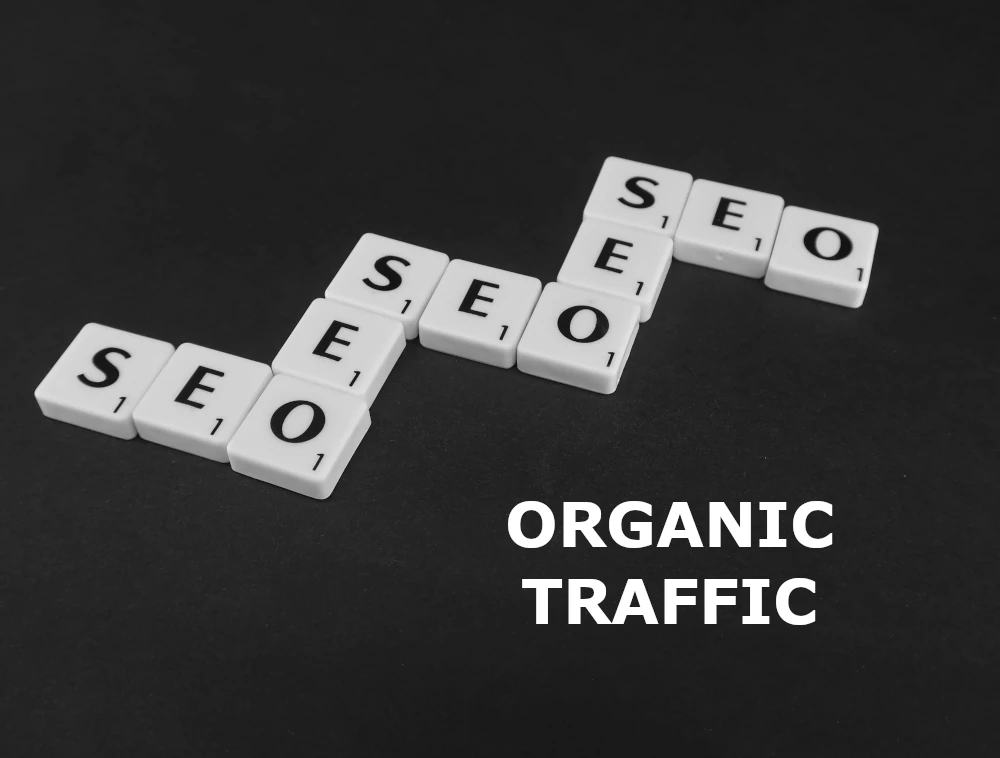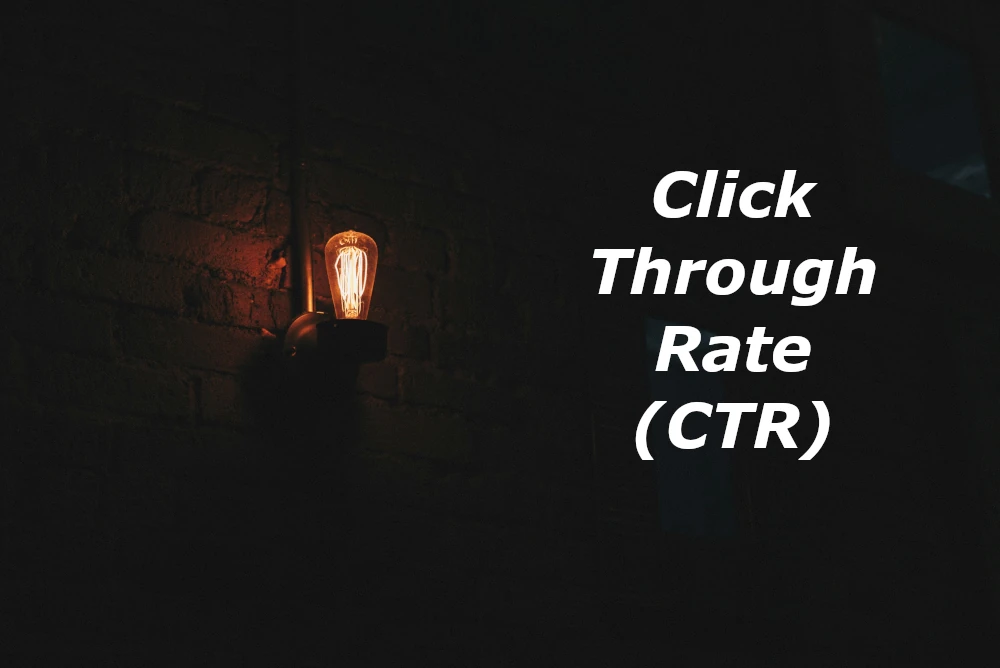Want your website to climb the rankings like a hiker reaching the top of Mam Tor? Then you need to know which SEO metrics matter. This article explains SEO metrics, their importance, and how tracking them can improve traffic, rankings, and conversion. Whether you’re a beginner or an expert digital marketer, you’ll walk away knowing exactly what to focus on and how to do it.
Your SEO Can’t Improve If You Don’t Track This Stuff
SEO requires monitoring like car maintenance, since you need to know what’s wrong to fix it. Looking at the engine, fuel and how the car performs will ensure it stays in good condition. Content is the engine and traffic becomes the fuel in SEO. How do you tell if your strategy is actually effective?
Watching important SEO stats tells you which areas help and which damage your results. The guide helps you decide better, improve your SEO positions and be more visible. Data analysis gives you more ideas and better results.
Whether you host your site or blog in Manchester or Paris, these metrics keep your SEO alive.
Organic Traffic: Your Website’s Lifeblood

What it is: The number of visitors coming to your site through unpaid search engine results.
Why it matters: The success of SEO is mostly measured by organic traffic. Having a lot of organic traffic means your pages show in search results and users are clicking on them.
Tools to track:
- Google Analytics (GA4)
- Google Search Console
- SEMrush or Ahrefs
What to look for:
- Growth trends over time
- High-traffic landing pages
- Traffic by country or region (UK, US, EU)
Pro Tip: Segment organic traffic by device and channel to uncover hidden patterns.
Keyword Rankings: Are You Climbing or Sliding?
What it is: Where your site appears in the search engine results pages (SERPs) for specific keywords.
Why it matters: If your target keywords aren’t ranking, your content likely isn’t getting seen. Rankings are a direct reflection of SEO performance.
Tools to track:
- Ahrefs
- SEMrush
- SERPWatcher
What to look for:
- Keyword movement (up or down)
- Keywords that drop off page 1
- Competitor rankings for the same keywords
Pro Tip: Focus on “striking distance” keywords, those ranking on page 2. They’re easiest to push up.
Click-Through Rate (CTR): Are People Clicking You?

What it is: It’s the percentage of people visiting your page in the search results and clicking on it as well.
Why it matters: A high CTR shows your title and meta description are doing their job. A low CTR means you might rank well but still miss out on traffic.
Tools to track:
What to look for:
- CTR by page and keyword
- Pages with high impressions but low CTR
How to improve CTR:
- Rewrite titles to spark curiosity
- Use numbers, power words, or brackets
- Improve meta descriptions with clearer value
Bounce Rate & Dwell Time: User Engagement Metrics
What they are:
- Bounce Rate: The Rate of people who leave without interacting.
- Dwell Time: Time when visitors remain on your site.
Why they matter: If bounce rates are high and users do not stay long, it could be because the content or user interface is not good.
Tools to track:
- Google Analytics
- Hotjar (for user behavior)
What to watch:
- Pages with high bounce rates
- Time spent on important landing pages
Pro Tip: Add multimedia, internal links, and engaging intros to reduce bounces and boost dwell time.
Backlinks: Your Site’s Vote of Confidence
What it is: Links from other websites that point to your content.
Why it matters: Quality backlinks signal authority to Google, helping you rank higher.
Tools to track:
- Ahrefs
- Moz Link Explorer
- SEMrush
What to track:
- Total backlinks
- Referring domains (more important than total links)
- Link quality (authority score)
Pro Tip: Track lost backlinks too; you might be able to recover them by reaching out.
Core Web Vitals: Page Experience Signals

What they are:
- LCP (Largest Contentful Paint): Loading time
- FID (First Input Delay): Interactivity
- CLS (Cumulative Layout Shift): Visual stability
Why they matter: Google uses these as part of its ranking algorithm. Poor scores can hurt your SEO.
Tools to track:
- Google PageSpeed Insights
- Lighthouse
- Search Console (Core Web Vitals report)
What to improve:
- Reduce image sizes
- Optimize code
- Minimize layout shifts
Pro Tip: Core Web Vitals are especially important for mobile SEO.
Pages Indexed: Is Google Seeing Your Site?
What it is: The number of pages on your site that Google has indexed.
Why it matters: If pages aren’t indexed, they won’t appear in search results—simple as that.
Tools to track:
- Google Search Console (Coverage Report)
- Site:yourdomain.com search
What to look for:
- Sudden drops in indexed pages
- Pages stuck in “Crawled – currently not indexed”
Pro Tip: Submit your sitemap and regularly audit low-performing or duplicate content.
Conversion Rate from Organic Traffic
What it is: The percentage of organic visitors who take a desired action, buy, sign up, or fill out a form.
Why it matters: Traffic is only useful if it converts. This ties SEO directly to business goals.
Tools to track:
- Google Analytics (with conversion goals set)
- HubSpot or other CRM analytics
What to look for:
- Which pages convert the best
- Conversion rate by traffic source
- Funnel drop-offs
Pro Tip: A/B test CTAs and landing pages to squeeze more from your existing traffic.
Crawl Errors & Technical Health
What it is: Problems that prevent search engines from properly accessing or understanding your site.
Why it matters: Technical SEO issues can quietly wreck your rankings.
Tools to track:
- Google Search Console
- Screaming Frog
- Sitebulb
Common errors to monitor:
- Broken links
- Duplicate content
- Redirect chains
- Slow pages
Pro Tip: Run a technical SEO audit at least once per quarter.
Indexed vs. Crawl Budget: Are You Wasting Resources?
What it is: The balance between how many pages Google can crawl and how many it should crawl.
Why it matters: Large websites often have pages Google shouldn’t waste time on, like filters, tags, or outdated content.
Tools to track:
- Google Search Console
- Log File Analyzers (for deeper analysis)
Fixes to consider:
- Noindex tag on low-value pages
- Canonical URLs
- Robots.txt updates
The Intent Behind the Click: Why It Changes Everything
Why are users visiting your site? If you can’t answer that, all your SEO metrics might lead you down the wrong path.
User intent, also called search intent, is the reason behind a search query. Are users looking to buy, learn, compare, or simply browse? Each intent affects how you should optimize content and interpret metrics.
Types of User Intent:
- Informational: Looking for answers or knowledge (e.g, “how to track SEO metrics”)
- Navigational: Trying to reach a specific site (e.g, “Ahrefs dashboard login”)
- Transactional: Ready to take action (e.g, “best SEO tools UK pricing”)
- Commercial Investigation: Researching before buying (e.g, “SEMrush vs Ahrefs”)
Why It Matters in SEO Metrics:
- High bounce rate? It may not mean your content is bad; it just doesn’t match user intent.
- Low CTR? Your meta title might not reflect what the searcher actually wants.
- Low conversions? Maybe you’re attracting informational intent when your page is set up for sales.
Matching content with intent ensures:
- Higher engagement
- Better keyword rankings
- Improved conversion rates
Pro Tip: Use intent-focused keywords and map them to each stage of the customer journey. That way, you’re not just driving traffic, you’re attracting the right kind of traffic.
What to Focus on First
If you’re just starting or overwhelmed by too much data, prioritize these five first:
- Organic traffic
- Keyword rankings
- CTR
- Backlinks
- Conversion rate
Once you’ve got a handle on those, dive into the more technical and behavioral metrics
FAQs
How to track SEO success?
You track key metrics like traffic, rankings, and conversions to measure real progress.
Which metric is crucial for evaluating SEO performance?
Organic traffic is often the top metric because it shows if people are finding you on Google.
What are tracking matrices for SEO?
It means keeping an eye on data like keyword positions, clicks, bounce rate, and backlinks.
What does metric indicate here?
A metric is just a measurable number, like how many people visited your site or clicked a link.
